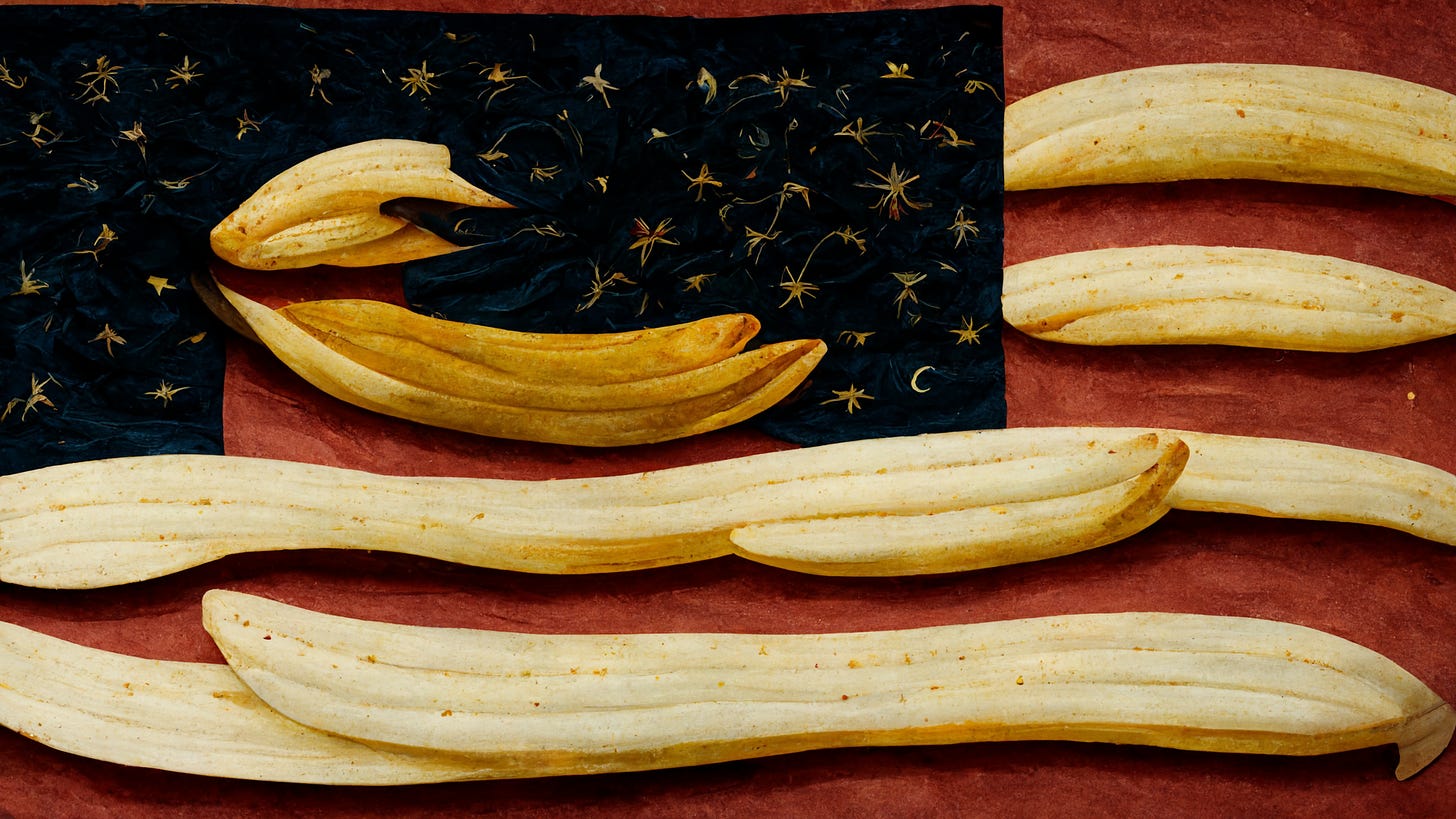What exactly is a "banana republic" country?
In this guide, we'll peel back the layers of history and politics and get to the core of what exactly a “Banana Republic” country is. So grab a banana and buckle up!
A Juicy Slice of History
Before we dip into the term itself, let’s take a trip down memory lane. The term “Banana Republic” originated in the early 20th century, and it was first coined by the American writer O. Henry. He used it to describe the fictional Republic of Anchuria in his book “Cabbages and Kings”, which was based on his experiences in Honduras. What O. Henry observed was a small, tropical country, heavily dependent on exporting bananas and other fruits, and plagued by political instability.
The Main Ingredients
Now, let’s talk about the elements that usually make up a Banana Republic. It’s not just about bananas, you know!
1. Economic Dependency
The term was initially used for countries that had an economy highly dependent on the export of a single product (like bananas). These countries often had limited industries and relied heavily on foreign companies to sell their goods.
2. Political Instability
A dash of political turmoil is another ingredient in the Banana Republic recipe. These countries often face frequent changes in government, sometimes due to coups or outside intervention.
3. Social Inequality
A pinch of social inequality is usually present, too. In a Banana Republic, there’s often a large gap between the rich and the poor. The wealthy elite might control most of the resources while the general population struggles to make ends meet.
4. Corruption and Weak Rule of Law
And finally, sprinkle in some corruption and a weak rule of law. Banana Republics often have corrupt governments where bribery and nepotism are rife. The judicial systems are often weak, and there’s little to no check on the abuse of power.
Modern Usage
Keep reading with a 7-day free trial
Subscribe to The BURNER * to keep reading this post and get 7 days of free access to the full post archives.





